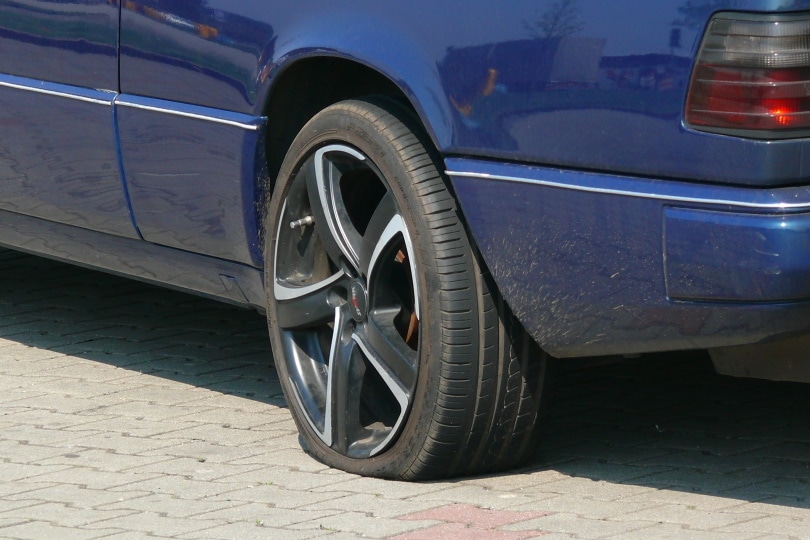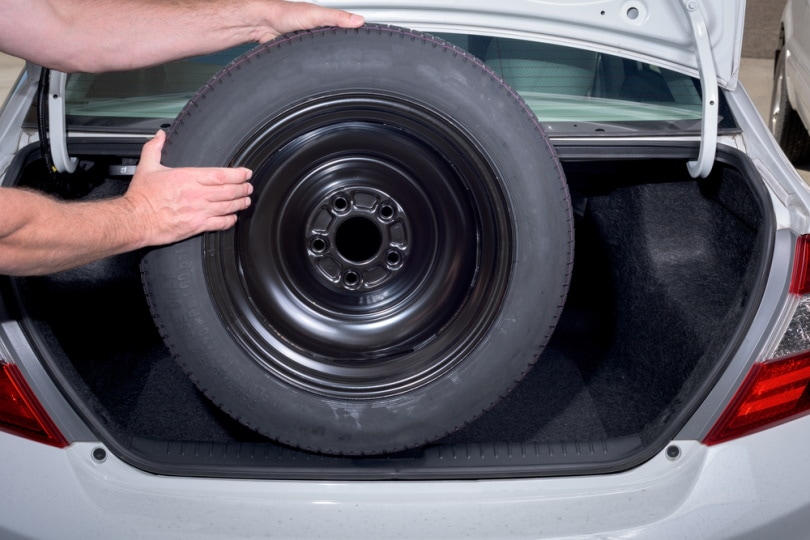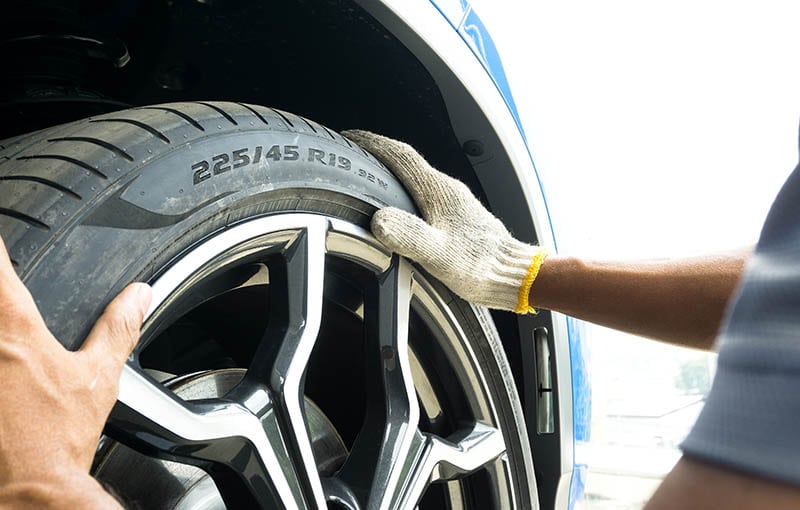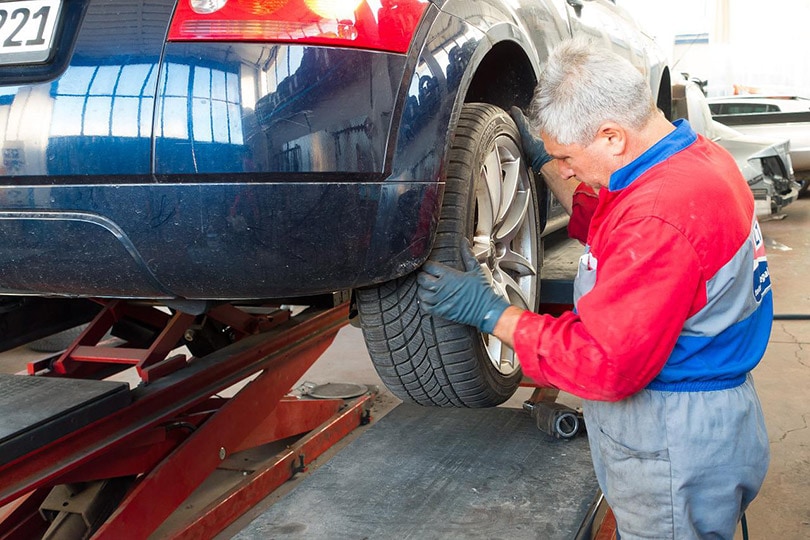How Close To The Sidewall Can a Tire Be Patched? Facts & FAQs
-
Pete Ortiz
- Last updated:

The structure of a tire is a complicated mechanism made of many different parts. Punctures in your tire are one of the most common problems a vehicle can face and happen to drivers all the time. Punctures can be caused by many different factors on the road, but if it happens in the wrong area of the tire, unfortunately, there may be no saving it.
The tire’s sidewall is a very risky place to get a puncture and even more challenging to try and patch it. That said, there are areas on the tire close to the sidewall that you can replace safely. A general rule of thumb is that if a puncture is within 1 inch of the shoulder, it is non-repairable.
What is The Sidewall of a Tire?
A tire’s structure consists of several different components. The sidewall is a part of the tire located between the bead and the thread. It is the side of the tire and distinctive by the manufacturer’s print that contains all the necessary information about the tire. The manufacturer’s imprint will tell you the size of the tire, the speed rating, and the load index. The rubber on the sidewall is designed to resist rips, ozone damage, and snags.

How To Identify a Damaged Sidewall
Various types of damage can happen to your tires. As a driver, it is very important to constantly be aware of your surroundings and look out for any signs of a problem in your vehicle. Problems with your vehicle can occur frequently, so it is crucial to recognize the issue quickly. The most common issue with the tires is a puncture, leading to the tire deflating entirely and causing further damage. Make sure to listen for any signs of leaks.
Punctures in the tire’s sidewall
A puncture in the tire’s sidewall is most commonly caused by a piece of sharp metal or debris that penetrates through the tire’s surface and enters the air chamber. You can easily recognize a puncture by feeling a sudden blowout during driving or noticing a slow air pressure leak. When damage such as this happens with your tire, you must replace it immediately.
Cracks on the Tire’s Sidewall
If you notice a crack appearing on the sidewall of your tire, that means the tire is starting to wear out and needs to be replaced soon. Your tire’s wear and tear will result from many factors other than the drive itself. Extreme weather changes, especially heat and sun, along with strong chemicals used to clean the car, can be a primary cause for why your tire’s sidewall starts to crack.
Once you notice a crack in your sidewall, it is not something that needs to be fixed immediately. Still, we highly recommend replacing the tire as soon as you notice any wear to prevent unnecessary damage to your vehicle.

How Close to the Sidewall Can a Tire Be Patched?
There are three primary areas of the tire’s surface—the crown, the shoulders, and the sidewall. Areas of the tire that are considered risky when it comes to punctures and repairs are the sidewalls and the shoulders of the tire. The industry guidelines say that tires with damage to the sidewall must be replaced right away, with no fixing or patching of the damage.
While a puncture in the shoulder or sidewall area is non-repairable, there are areas of the tire close to the sidewall that can be repaired. The closer the damage is to the sidewall, the harder it will be to patch it. A general rule of thumb is that if a puncture is within 1 inch of the shoulder, it is non-repairable. You can usually safely repair every hole at least 1 inch away from the sidewall.
When Should You Patch a Sidewall?
You can always fix punctures in the tire, but first, you need to find their exact location and the depth of the puncture. If the puncture is located near the sidewall, you should not attempt to fix or patch it. The only situation when you should attempt to repair a sidewall is if you are stranded without a spare. Try to find a quick solution, as it is better to drive with a patched sidewall than with an entirely flat tire. Find the nearest repair shop and replace your tire immediately. If your puncture is closer to the tire’s tread, you can replace the puncture safely and continue using the same tire.

Final Thoughts
Hopefully, this article helped you realize the seriousness of a punctured sidewall of a tire. You can fix certain parts of a tire quickly and safely, but when it comes to the sidewall, one rule usually applies: the hole has to be at least 1 inch away from the sidewall. If, for some reason, you get a puncture in the sidewall of your tire, make sure to replace it immediately, as it can be dangerous and cause further damage to your car.
Featured Image Credit: Piqsels
Contents



